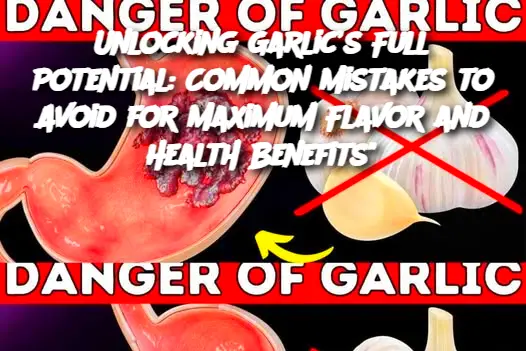Serving Tips:
Freshly cooked garlic is ideal for enhancing savory dishes such as pasta, roasted vegetables, soups, or sauces. You can also use it as a finishing touch by drizzling garlic-infused oil over salads or bread.
For a unique twist, try roasting whole garlic bulbs in the oven. Roasting softens the flavor, making it milder and sweeter, and it can be spread on bread or mixed into mashed potatoes for a creamy, flavorful base.
Storing Garlic:
Whole Bulbs: Store unpeeled garlic bulbs in a cool, dry place with good air circulation (like a garlic keeper or a paper bag) to prolong freshness. Garlic can last for up to 3 months when stored properly.
Peeled Cloves: If you’ve peeled or chopped garlic and need to store it, keep it in an airtight container in the fridge. For longer shelf life, you can freeze chopped garlic or even garlic paste, but it may lose some of its flavor.
Garlic Oil: Garlic-infused oil should be made and used immediately or stored in the refrigerator for up to a week. Always refrigerate garlic-infused oil to avoid the risk of botulism, a rare but serious foodborne illness.
Variants:
Garlic Butter: Combine softened butter with minced garlic, parsley, and a pinch of salt. This makes for an excellent spread for bread, a topping for vegetables, or a savory component for meats.
Garlic Paste: To make garlic paste, crush garlic cloves with a pinch of salt and add a bit of olive oil until you achieve a smooth consistency. Garlic paste can be used in a variety of dishes to give a deeper, richer flavor.
Garlic-Infused Oil: Infuse olive oil with garlic by gently heating peeled garlic cloves in olive oil for a few minutes. This oil can be used to enhance salad dressings, pasta, or roasted dishes.
Roasted Garlic: Roasting garlic gives it a sweet, mellow flavor. Simply slice off the top of a garlic bulb, drizzle with olive oil, wrap it in foil, and bake at 400°F (200°C) for 30–40 minutes. Roasted garlic can be spread on toast or mashed into mashed potatoes.
FAQ:
What is the best way to chop garlic for maximum flavor? For a stronger garlic flavor, crush or smash the garlic with the side of a knife before chopping. This helps release more of the active compounds, such as allicin, that give garlic its health benefits and intense flavor.
Can garlic be toxic if overconsumed? While garlic is generally safe and beneficial in moderate amounts, consuming very large quantities (more than 10 cloves a day) may cause digestive issues like heartburn or upset stomach. If you’re new to consuming garlic in large quantities, start slowly and see how your body responds.
Can I substitute garlic powder for fresh garlic? Yes, you can substitute garlic powder for fresh garlic, but the flavor will be milder. Generally, 1/8 teaspoon of garlic powder is equivalent to one garlic clove. However, fresh garlic provides more potent flavor and health benefits, so it’s recommended whenever possible.
Why does my garlic sometimes taste bitter or harsh? Garlic can turn bitter when overcooked or burned. It’s best to sauté garlic over medium heat to ensure it releases its flavor without becoming charred or bitter. If you’re roasting garlic, avoid over-roasting, as it can also turn bitter.
Can I store garlic in the fridge? Garlic should generally not be stored in the fridge unless it has been peeled or chopped. Whole bulbs should be kept in a cool, dry place with good air circulation. Storing garlic in the fridge can lead to sprouting and affect its flavor.
Conclusion: Garlic is undoubtedly one of the most healthful and flavorful ingredients you can use in your cooking, but to get the most out of this powerful food, it’s important to avoid common mistakes. From the way you chop and cook garlic to how you store it, each step plays a vital role in unlocking its full potential. By following the tips provided in this guide, you can maximize the flavor and health benefits of garlic, ensuring it enhances every dish you create.
ADVERTISEMENT

